The Difference Between Rheumatoid Arthritis and Psoriatic Arthritis: A Comprehensive Overview
What is the difference between rheumatoid arthritis and psoriatic arthritis? Discover the key distinctions between these two autoimmune conditions and learn how to identify the unique symptoms and characteristics of each.
Understanding Rheumatoid Arthritis and Psoriatic Arthritis
Rheumatoid arthritis and psoriatic arthritis are both autoimmune disorders that can cause joint pain, stiffness, and swelling. While they share some similarities, there are distinct differences between the two conditions that can be crucial for accurate diagnosis and proper treatment.
Rheumatoid Arthritis: An Overview
Rheumatoid arthritis is an autoimmune disease that primarily affects the joints, causing inflammation and damage. It typically involves the small joints of the hands and feet, often in a symmetrical pattern. Rheumatoid arthritis can also affect other parts of the body, such as the eyes, lungs, and heart.

Psoriatic Arthritis: An Overview
Psoriatic arthritis is another autoimmune disorder that is closely linked to the skin condition psoriasis. While it can also cause joint inflammation and damage, the pattern of joint involvement is typically asymmetrical and can affect the distal interphalangeal (DIP) joints, which are the joints closest to the fingernails and toenails.
Key Differences in Symptoms and Presentation
One of the primary differences between rheumatoid arthritis and psoriatic arthritis is the involvement of the skin. Psoriatic arthritis is often accompanied by the characteristic scaly, red patches of psoriasis, while rheumatoid arthritis does not typically have a skin component.
Another key distinction is the pattern of joint involvement. Rheumatoid arthritis tends to be symmetrical, affecting the same joints on both sides of the body, while psoriatic arthritis is more often asymmetrical, affecting different joints on each side.
Diagnosing Rheumatoid Arthritis and Psoriatic Arthritis
Diagnosing rheumatoid arthritis and psoriatic arthritis can sometimes be challenging, as they can share similar symptoms. However, there are several diagnostic tests and clinical features that can help differentiate between the two conditions:
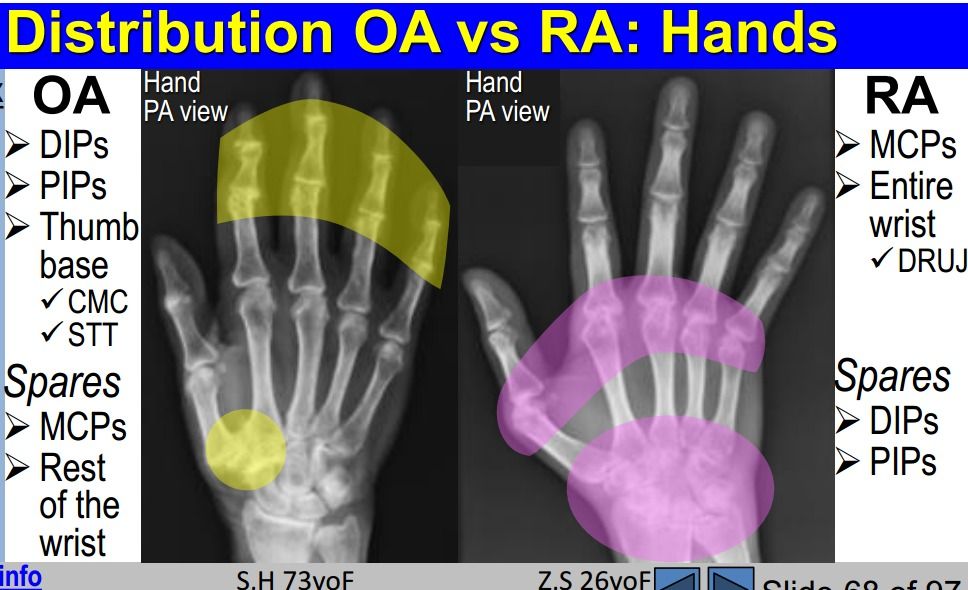
Rheumatoid Arthritis Diagnosis
- Positive rheumatoid factor or anti-cyclic citrullinated peptide (anti-CCP) antibody test
- Symmetrical joint involvement, particularly in the small joints of the hands and feet
- Presence of rheumatoid nodules
Psoriatic Arthritis Diagnosis
- Presence of psoriasis (either current or past history)
- Asymmetrical joint involvement, often affecting the DIP joints
- Nail changes, such as pitting or separation from the nail bed
- Negative rheumatoid factor and anti-CCP antibody tests
Treatment Approaches for Rheumatoid Arthritis and Psoriatic Arthritis
While both rheumatoid arthritis and psoriatic arthritis are treated with a combination of medications, physical therapy, and lifestyle modifications, the specific treatment approaches may differ due to the unique characteristics of each condition.
Rheumatoid Arthritis Treatment
Common treatments for rheumatoid arthritis include disease-modifying antirheumatic drugs (DMARDs), such as methotrexate, as well as biologics and targeted synthetic DMARDs.
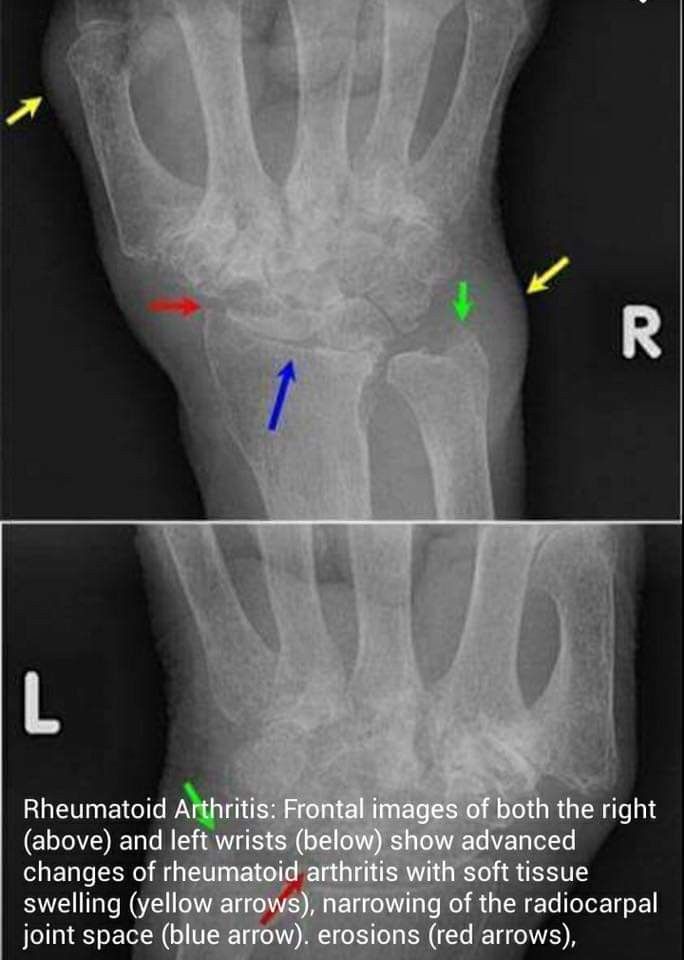
Psoriatic Arthritis Treatment
In addition to traditional DMARDs and biologics, psoriatic arthritis treatment may also involve medications that target the skin component of the condition, such as topical treatments or systemic medications for psoriasis.
Managing the Complexities of Rheumatoid Arthritis and Psoriatic Arthritis
Both rheumatoid arthritis and psoriatic arthritis can have significant impacts on a person’s quality of life, including physical, emotional, and social aspects. Effective management of these conditions often requires a multidisciplinary approach, involving healthcare professionals, patient education, and a focus on overall well-being.
By understanding the key differences between rheumatoid arthritis and psoriatic arthritis, individuals can work closely with their healthcare providers to ensure accurate diagnosis, appropriate treatment, and the best possible outcomes in managing these complex autoimmune conditions.
What is the difference between psoriatic arthritis vs. rheumatoid arthritis?
Blog
PUBLISHED 01/21/18 BY Creaky Staff
“Psoriatic arthritis is a lot like rheumatoid arthritis but with a nasty skin rash.” This probably sounds terrible but I was secretly happy when I heard Phil Mickelson the golfer was diagnosed with psoriatic arthritis. Not that I would wish…
“Psoriatic arthritis is a lot like rheumatoid arthritis but with a nasty skin rash.”
This probably sounds terrible but I was secretly happy when I heard Phil Mickelson the golfer was diagnosed with psoriatic arthritis. Not that I would wish the diagnosis on anyone! But I thought, wow, maybe it will increase awareness and maybe, just maybe, more studies and treatment options will become available.
I had worked for a rheumatologist/internal medicine doctor back in the early years of my nursing career. We had patients with rheumatoid arthritis, osteoarthritis, lupus, Sjogren’s, a few cases of temporal arteritis—I even saw my first HIV positive patient working in that clinic in the mid 80’s. But I never once heard of psoriatic arthritis. I don’t even remember hearing about it in nursing school—and I still hadn’t heard of psoriatic arthritis when I was diagnosed in my late 40s. I was baffled by my diagnosis partly because I had no idea what it was but also it never even occurred to me since the psoriasis I had on my scalp had been diagnosed as just a bad case of dandruff and my “sausage toes” had been diagnosed as Morton’s Neuroma.
But I never once heard of psoriatic arthritis. I don’t even remember hearing about it in nursing school—and I still hadn’t heard of psoriatic arthritis when I was diagnosed in my late 40s. I was baffled by my diagnosis partly because I had no idea what it was but also it never even occurred to me since the psoriasis I had on my scalp had been diagnosed as just a bad case of dandruff and my “sausage toes” had been diagnosed as Morton’s Neuroma.
So here I am now, living with psoriatic arthritis. I’ve had a total hip replacement because of it and I live with its nasty ramifications on a daily basis. I am now well versed in the world of biologicals, NSAIDs, steroids, physical therapy, arthritis gadgets, shoes, etc. But I have difficulty trying to explain to others what psoriatic arthritis is; even my own family members don’t really understand what it is.
Well, just like rheumatoid arthritis, it is an auto-immune disease. Both cause an erosive inflammatory arthritis (pain, stiffness and swelling) in addition to chronic fatigue. And both can have symptoms that vary greatly from person to person. However the distribution of joint involvement differs between the two diseases and psoriatic arthritis involves the skin as well as the joints.
And both can have symptoms that vary greatly from person to person. However the distribution of joint involvement differs between the two diseases and psoriatic arthritis involves the skin as well as the joints.
Both diseases can cause destruction of the small joints in your hands and feet as well as larger joints such as knees, hips, shoulders and even the vertebrae in your spine. Classic rheumatoid arthritis primarily involves the PIP joints (the middle joint of your finger and toes) and wrist, and is generally a symmetrical disease effecting both sides of the body equally. Also with rheumatoid arthritis, nodules specific to this disease are often present.
Psoriatic arthritis is typically an asymmetric disease, involving one side of the body but it can be symmetrical too. It most often involves the DIP joints (the joints closest to your fingernails and toenails, often resulting in ‘sausage digits’). Psoriatic arthritis often times will cause an inflammation of the tendons (enthesitis), especially tendinitis in the Achilles tendons and both conditions can cause plantar fasciitis in the soles of the feet which can make walking especially painful.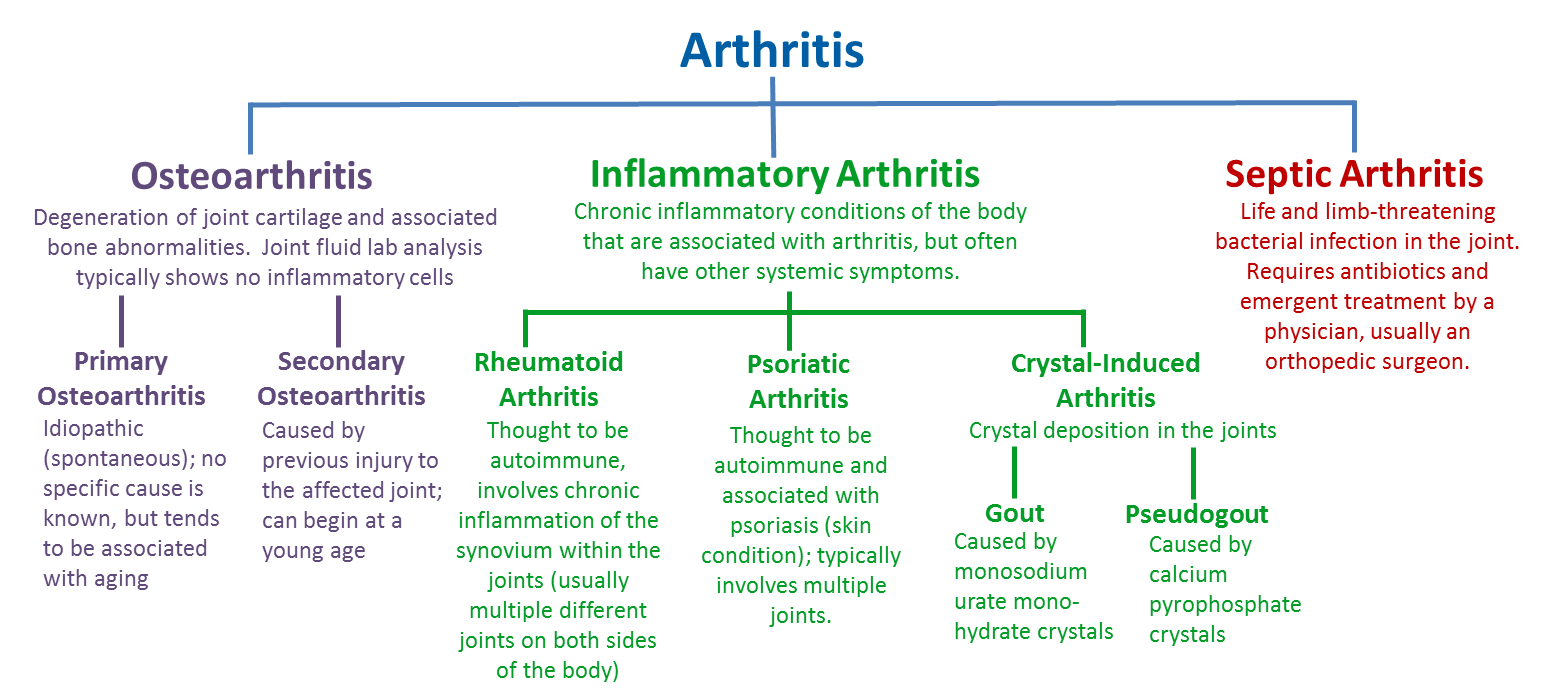 Psoriatic arthritis often causes spondylitis which is an inflammation of the joints between the vertebrae in the spine and sacroiliitis which is inflammation in the joints between your spine and pelvis. Somehow, I’ve been blessed with enthesitis, spondylitis, and sacroiliitis. Lucky me! Psoriatic arthritis can also involve the fingernails and toenails, and can result in pitting or separation of the nail from the nail bed and may progress to a very destructive deformity called arthritis mutilans. I’m hoping I don’t get that! I love my monthly pedicure and having the nail separate from the nail bed would certainly be a bummer!
Psoriatic arthritis often causes spondylitis which is an inflammation of the joints between the vertebrae in the spine and sacroiliitis which is inflammation in the joints between your spine and pelvis. Somehow, I’ve been blessed with enthesitis, spondylitis, and sacroiliitis. Lucky me! Psoriatic arthritis can also involve the fingernails and toenails, and can result in pitting or separation of the nail from the nail bed and may progress to a very destructive deformity called arthritis mutilans. I’m hoping I don’t get that! I love my monthly pedicure and having the nail separate from the nail bed would certainly be a bummer!
Both diseases can involve inflammation and scarring of major organs such as your heart and lungs and as in my case can involve your eyes. In addition, both can increase your risk of osteoporosis (weakened bone) due the condition itself and also from some of the medications that are used to treat these conditions. After years of taking steroids for my arthritis, it resulted in a couple of compression fractures in my thoracic spine. And, both disorders can also result in joint destruction leading to severe crippling disabilities.
And, both disorders can also result in joint destruction leading to severe crippling disabilities.
On the surface rheumatoid arthritis and psoriatic arthritis can look very similar, making diagnosis a little tricky at times. Psoriatic arthritis is often times referred to as a seronegative arthritis as the person will typically have an elevated sed rate and CRP (blood test that measure inflammation in the body) just like someone with rheumatoid arthritis but they will usually have a negative rheumatoid factor. Treatment for both diseases are similar, using anti-inflammatory agents, DMARD’s, steroids and biologicals. If medications fail to prevent or slow joint damage then surgery is sometimes needed to correct deformities such as total joint replacements, tendon repairs or joint fusions.
So, basically rheumatoid arthritis and psoriatic arthritis are very similar and treatments are generally the same. The biggest difference is the joints involved in the hands and feet and the fact that psoriatic arthritis also involves psoriasis of the skin which is a persistent chronic disease in itself.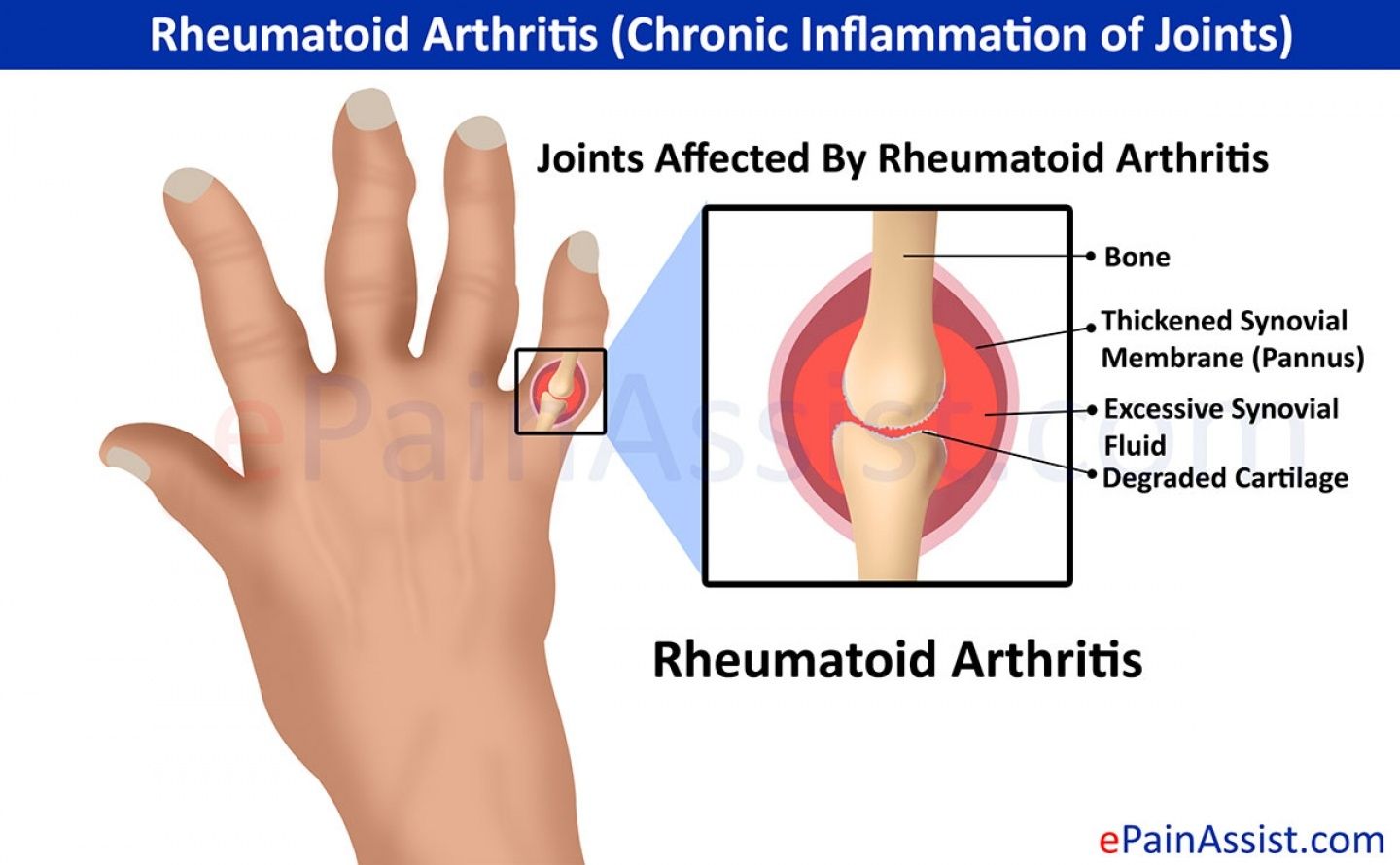 Psoriasis causes itchy, dry, red patches and thick silvery scales of the skin that can sometimes be painful and embarrassing!
Psoriasis causes itchy, dry, red patches and thick silvery scales of the skin that can sometimes be painful and embarrassing!
Psoriatic arthritis involves both the skin and the joints and that is why it often times is referred to as having a ‘Double Whammy’. So, now when I’m trying to explain it I just say, “It’s a lot like rheumatoid arthritis but with a nasty skin rash.”
- Was This Helpful?
Psoriatic Arthritis or Rheumatoid Arthritis? : National Psoriasis Foundation
Advance Online
Advance Online
Dr. Cassandra Calabrese explains the similarities and differences between PsA and RA.
April 27, 2022
Prominent morning stiffness, swelling, redness, and warmth of the joints – these are all indicators that you may have inflammatory arthritis. The question is, what kind?
While rheumatoid arthritis (RA) might come to mind first, psoriatic arthritis (PsA) is more common than you might think. Among those living with psoriasis, about 1 in 3 will develop PsA, and it can happen at any age.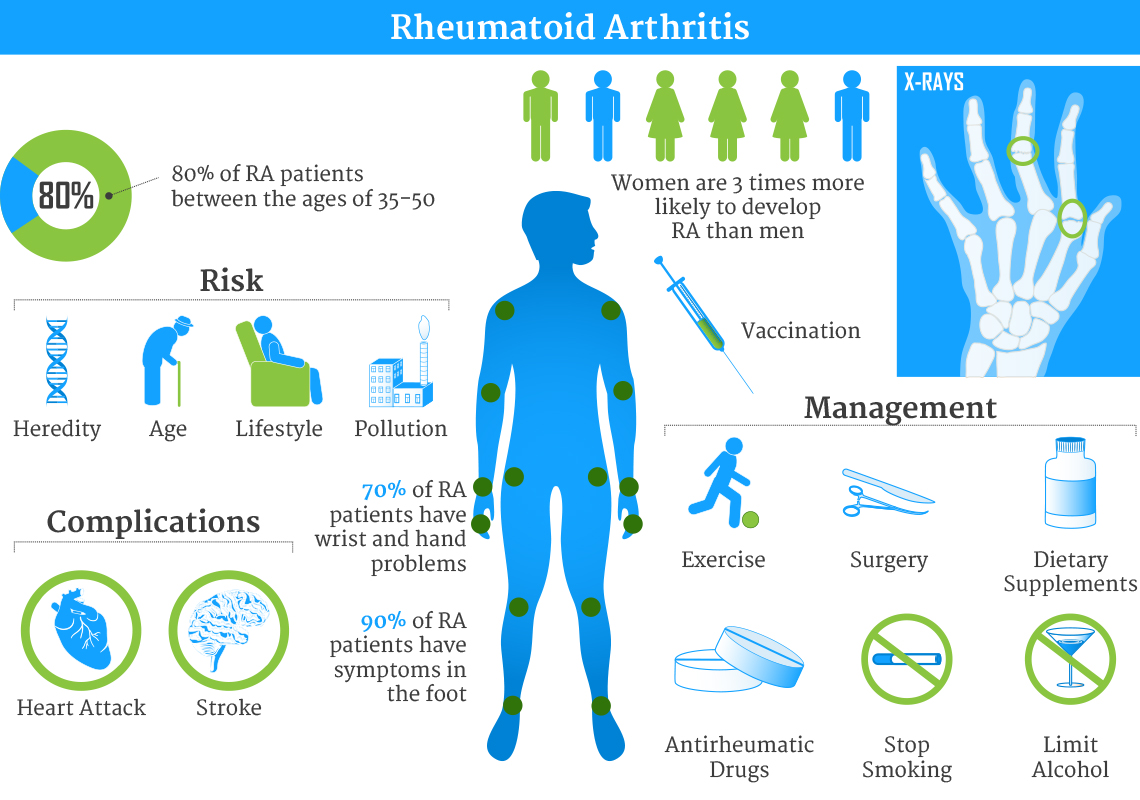
Both RA and PsA result in inflammation inside the lining of the joints, and both involve the immune system. A number of key differences, however, can help health care providers distinguish one from the other. Cleveland Clinic rheumatologist Cassandra Calabrese, D.O., discussed the two diseases and how they differ.
Diagnosis and Differentiators
There is currently no blood test for PsA, but in general, the joint pain and swelling for PsA would be asymmetric, involving potentially fewer joints, and typically would involve different joints than RA, says Dr. Calabrese.
“Not every patient with psoriasis and joint pain has psoriatic arthritis, but if there’s new joint pain, worsening joint pain, or joint pain that’s interfering with daily activities, then that patient should see a rheumatologist,” she recommends.
PsA involves the entheses, which is where tendons connect to bones. This means that areas such as the back of the heel where the Achilles tendon inserts, or above the knee where the patellar tendon inserts, are common sources of pain for those with PsA, says Dr. Calabrese. Other areas more common in PsA, she says, include the lower spine and the distal interphalangeal (DIP) joints, the joints closest to the tips of the fingers and toes. Unique to PsA is dactylitis, or the so-called “sausage digit,” where an individual finger or toe will swell along the full digit without prior physical trauma.
Calabrese. Other areas more common in PsA, she says, include the lower spine and the distal interphalangeal (DIP) joints, the joints closest to the tips of the fingers and toes. Unique to PsA is dactylitis, or the so-called “sausage digit,” where an individual finger or toe will swell along the full digit without prior physical trauma.
PsA, of course, frequently coincides with psoriasis, although Dr. Calabrese says the presence of psoriatic lesions isn’t necessary for a PsA diagnosis. PsA has additional indicators that don’t involve the joints, she says, including uveitis, or swelling of the eye, and changes in the fingernails and toenails. Typical nail changes are pitting of the nail, discoloration – either yellow or white – or spots underneath the nail, as well as nails that are detached, or lifted from the nail bed. Dr. Calabrese points out that these nail changes can often mimic fungal diseases, so it is important to discuss them with a dermatologist as well.
Recent Advance Articles
Lessons Learned
How Health Disparity Affects Health Care
Separating My Self-Worth from My Disease
Diagnosis for RA is often more straightforward. “The majority of cases have positive autoantibodies, so [these are] blood markers called rheumatoid factor and anti-CCP [anti-cyclic citrullinated peptide] antibody that test positive,” says Dr. Calabrese.
“The majority of cases have positive autoantibodies, so [these are] blood markers called rheumatoid factor and anti-CCP [anti-cyclic citrullinated peptide] antibody that test positive,” says Dr. Calabrese.
Unlike PsA, RA has symmetric joint involvement, typically with small joints such as the fingers, wrists, ankles, and elbows. While RA can affect the spine, it is typically focused in the upper spine. RA rarely involves the lower spine or the DIP joints, which are most common in PsA.
For both types of inflammatory arthritis, “the diagnosis is based on patient history of joint swelling and pain,” says Dr. Calabrese, including any family history of joint disease. “The doctor might order blood tests looking for evidence of inflammation, X-rays to see a specific kind of damage from joint inflammation, and then sometimes an MRI [magnetic resonance imaging] or an ultrasound of the joint is needed to actually show the acute inflammation,” she adds.
Treatment and Management
While many with joint pain may use over-the-counter pain relievers, “both rheumatoid arthritis and psoriatic arthritis are systemic diseases,” Dr.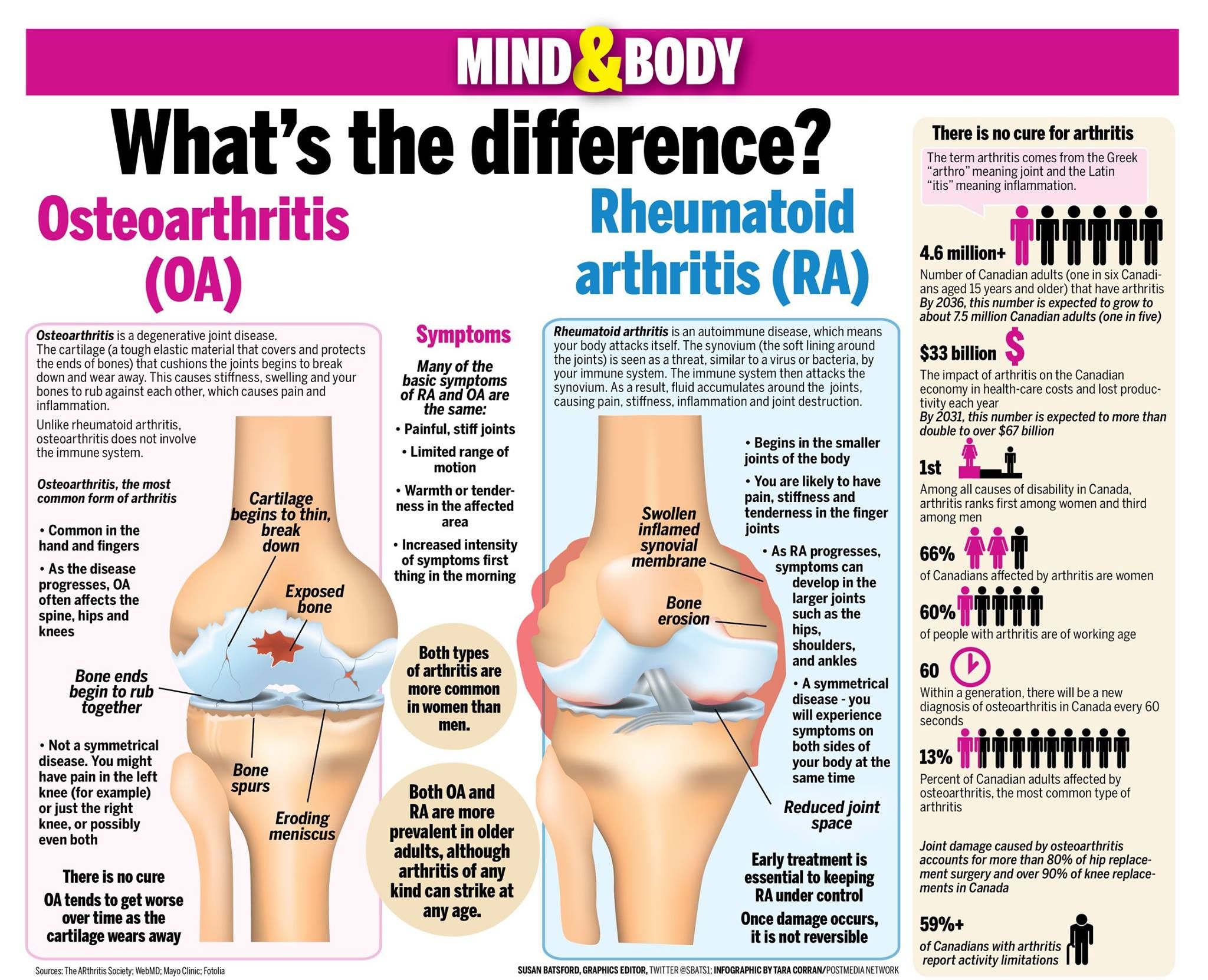 Calabrese explains. “They’re not just diseases of the joint or diseases of the skin. The inflammation that’s occurring in the skin and the joints is also affecting the whole body in a way that is harmful. Having untreated psoriatic arthritis is actually the cardiovascular risk equivalent of having diabetes in terms of increasing your risk for heart attack and stroke.”
Calabrese explains. “They’re not just diseases of the joint or diseases of the skin. The inflammation that’s occurring in the skin and the joints is also affecting the whole body in a way that is harmful. Having untreated psoriatic arthritis is actually the cardiovascular risk equivalent of having diabetes in terms of increasing your risk for heart attack and stroke.”
Treatments for PsA and RA are similar and involve systemic therapy that impacts the immune system. A common treatment type is a biologic. A biologic targets specific parts of the immune system, compared with traditional systemic drugs that impact the entire immune system. Dr. Calabrese explains that some biologics are indicated for both inflammatory arthritis types, but others impact immune system components specific to RA or PsA.
Dr. Calabrese emphasizes how important it is to treat these diseases. “Not only does it treat pain and [skin lesions] from psoriasis – [treatment] prevents progression and permanent damage to the joints and other affected parts,” she says. “It lowers cardiovascular risk and has many other positive health outcomes.”
“It lowers cardiovascular risk and has many other positive health outcomes.”
Left untreated, inflammatory arthritis can cause permanent damage to the joints, called erosion. For some people, decades of untreated PsA have resulted in the need for joint replacement surgery. This is something that Dr. Calabrese says should no longer be the case in the “biologics era” of PsA treatment. “[We have] tools in our toolbox to make earlier diagnoses, in addition to just having an awareness of these entities,” she says.
“We hope for psoriatic disease and rheumatoid arthritis to be a chronic, manageable illness,” says Dr. Calabrese. “We want this disease to be on the back burner of patients’ lives, and we want to diagnose early and treat it early.”
Looking for Answers?
Get the latest news, tips, and inspiring stories from experts, advocates, and people like you.
Sign up for the newsletter
Author
Dana Berry
Title
Marketing and Content Manager
Arthritis – symptoms, causes, diagnosis and treatment in the best clinics
What is arthritis in simple terms and how does it manifest itself?
Arthritis is a disease that includes a group of immune diseases that affect the joints and cartilage. It can occur in people of any age and gender, but is most common in adults over 65 years of age.
It can occur in people of any age and gender, but is most common in adults over 65 years of age.
There are many different types of arthritis, but the two most common are osteoarthritis and rheumatoid arthritis. Osteoarthritis occurs when the cartilage in the joints is thinned, leading to pain and stiffness. Rheumatoid arthritis, on the other hand, is an autoimmune disease in which the body’s immune system attacks the joints, also causing inflammation, pain, and stiffness.
Arthritis symptoms can vary depending on the type of arthritis and the severity of the condition, but common symptoms include joint pain, stiffness, swelling, redness, and decreased range of motion. In some cases, arthritis can also cause fatigue, fever, and weight loss.
Arthritis can be a chronic condition that requires ongoing monitoring and treatment, including medication, physical therapy, and lifestyle changes such as exercise and a healthy diet.
Types of arthritis, why is arthritis dangerous?
There are many different types of arthritis, and each type can have different symptoms, causes, and severity.
The most common types of arthritis are:
- Osteoarthritis is the most common type of arthritis that affects cartilage.
- Rheumatoid arthritis is an autoimmune disease of the joints.
- Psoriatic arthritis is a type of arthritis that occurs in people with psoriasis, a skin condition characterized by red, scaly patches on the skin. Such arthritis is also a lesion of the joints.
- Gout. This is a type of arthritis that is caused by the accumulation of uric acid crystals in the joints, leading to severe pain and inflammation.
- Lupus arthritis is a type of arthritis that occurs in people with systemic lupus erythematosus, an autoimmune disease that can affect various parts of the body, including the joints. This type of arthritis can lead to severe complications.
It is incorrect to describe any type of arthritis as “dangerous” because arthritis itself is not life-threatening. However, some types of arthritis can lead to significant joint damage and disability if left untreated, which can affect a person’s quality of life.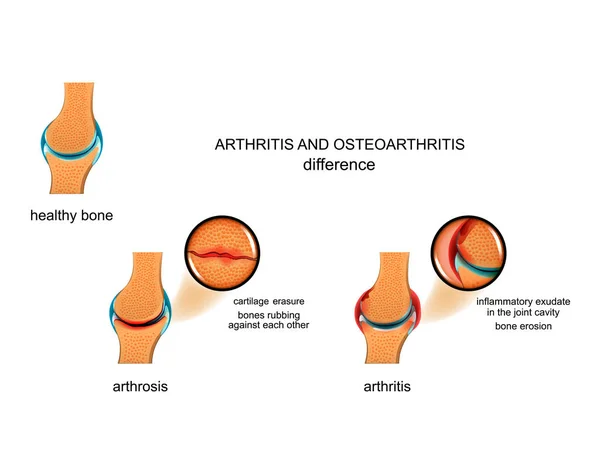
Causes of arthritis
Arthritis is a complex disease and the causes of arthritis in most cases are not fully understood. In general, the causes of arthritis are complex and varied, and in most cases a combination of genetic, environmental, and lifestyle factors contribute to the development of the disease. In some cases, it is possible to pinpoint the exact cause of arthritis, for example, some types of arthritis, such as rheumatoid arthritis, can be hereditary, and people with a family history of the condition often develop arthritis as well. However, most often, in the case of arthritis, we are not talking about immediate causes, but about provoking factors such as:
- Age. The risk of developing arthritis increases with age. Wear and tear on joints over time can contribute to osteoarthritis.
- Injuries. Joint injuries, such as from sports or accidents, can lead to arthritis later in life.
- Infections. Some infections, such as Lyme disease, can cause arthritis.

- Obesity. Being overweight puts extra stress on your joints and can increase your risk of developing arthritis, especially in the knee and hip joints.
- Autoimmune diseases. Some types of arthritis, such as rheumatoid arthritis and lupus, are caused when the body’s immune system attacks the joints.
- Environmental factors. Exposure to certain environmental factors, such as pollution, can increase your risk of developing arthritis.
What is the difference between arthritis and arthrosis?
Arthrosis, like arthritis, affects the joints, and their manifestations at the initial stage are similar. However, these diseases are of different nature. Osteoarthritis is a degenerative disease, that is, it occurs and progresses as the body ages, and the cells of the joints and cartilage are not sufficiently renewed. Unlike arthritis, arthrosis does not have an inflammatory or autoimmune component, nor does it spread to organs other than the joints.
Arthritis Diagnosis
Arthritis is usually diagnosed in a complex manner based on medical history, physical examination, laboratory tests, and imaging studies. Arthritis is diagnosed using one or more of the following:
- History taking. Your healthcare provider will ask about your symptoms, when they started and how they have progressed over time. This allows him to more accurately assess the stage of the disease and the dynamics of its progression.
- Physical examination. Your healthcare provider will examine your joints for signs of inflammation, swelling, and stiffness, and assess your range of motion.
- Blood tests. Blood tests can help identify markers of inflammation and autoimmune disease, such as rheumatoid factor, anti-cyclic citrullinated peptide (anti-CCP) antibodies, and erythrocyte sedimentation rate (ESR).
- Imaging examinations. Imaging tests such as ultrasound, x-rays, magnetic resonance imaging (MRI), and computed tomography (CT) scans can help visualize the joints and detect any damage or abnormalities.

- Joint fluid aspiration. In some cases, a doctor may take a small amount of fluid from a swollen joint for analysis to determine the cause of the inflammation.
- Early diagnosis and treatment can help prevent or slow the progression of joint damage and improve quality of life.
What blood indicator shows arthritis?
There is no specific blood test for arthritis. Confirmation of the diagnosis of arthritis occurs with the help of a comprehensive assessment of the indicators of several tests:
- Rheumatoid factor (RF): Rheumatoid factor is an antibody found in the blood of some people with rheumatoid arthritis. However, not all people with rheumatoid arthritis test positive for RF, and some people without rheumatoid arthritis may test positive for RF.
- Anti-cyclic citrullinated peptide (anti-CCP) antibodies: Anti-CCP antibodies are another type of antibody that can be found in the blood of people with rheumatoid arthritis.

- Anti-CCP antibodies are more specific for rheumatoid arthritis than RF and are often used in conjunction with other tests to diagnose rheumatoid arthritis.
- C-reactive protein (CRP) and erythrocyte sedimentation rate (ESR): CRP and ESR are markers of inflammation that can be elevated in the blood in people with various types of arthritis, including rheumatoid arthritis, psoriatic arthritis, and gout.
- Complete blood count (CBC): Not a diagnostic criterion, but may help identify anemia, which is a common complication of some types of arthritis, such as rheumatoid arthritis.
- HLA-B27: HLA-B27 is a genetic marker found in the blood of some people with ankylosing spondylitis, a type of inflammatory arthritis that primarily affects the spine and pelvic joints.
In general, blood tests are just one of the tools doctors use to diagnose and monitor arthritis, and the diagnosis of arthritis is usually based on a combination of factors, including medical history, physical examination, and imaging studies.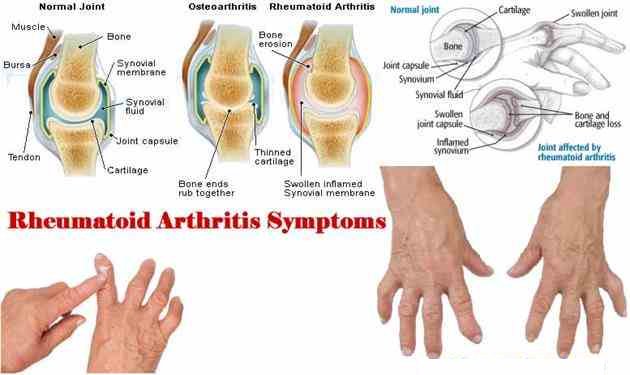
Arthritis Treatment
Arthritis treatment depends on the type and severity of the arthritis, as well as the person’s overall health and personal preference. Some of the common treatments for arthritis are:
- Medicines. Non-steroidal anti-inflammatory drugs (NSAIDs), corticosteroids, disease-modifying antirheumatic drugs (DMARDs), and biological agents are commonly used to treat arthritis. These medications can help reduce pain, inflammation, and joint damage.
- Physiotherapy and exercise. Physical therapy and exercise can help improve joint flexibility, strength, and function, as well as reduce pain and stiffness. A physical therapist can develop a personalized exercise program that is safe and effective for people with arthritis.
- Auxiliary devices. Assistive devices such as canes, braces, and splints can help reduce stress on joints and improve joint function in people with arthritis.
- Weight Management – Maintaining a healthy weight can help reduce stress on joints and improve overall health in people with arthritis.

- Surgical treatment. Joint replacement surgery may be recommended in severe cases of arthritis when other treatments have failed.
- Lifestyle modifications: A healthy diet, avoiding smoking and excessive drinking, and managing stress can help improve overall health and reduce the risk of complications in people with arthritis.
In general, the treatment of arthritis is a long process that requires a team approach involving physicians, physiotherapists and other healthcare professionals. The goal of treatment is to reduce pain and inflammation, improve joint function and mobility, and prevent or slow joint damage and disability. At the moment, medicine does not yet have traditional methods of treatment that can lead to a full recovery.
Modern therapies for rheumatoid arthritis
Since traditional treatments for arthritis are only ways to control symptoms and complications, there is a lot of work being done to find new treatments that can address the cause. These methods include stem cell therapy. Stem cells are undifferentiated cells that can become any cell in the human body. Their therapeutic effect lies in the fact that stem cells turn into healthy young cells of a damaged organ or tissue, performing a particular function in a normal way. Depending on the degree of damage and the age of the patient, different types of stem cells may be required. There are the following types:
These methods include stem cell therapy. Stem cells are undifferentiated cells that can become any cell in the human body. Their therapeutic effect lies in the fact that stem cells turn into healthy young cells of a damaged organ or tissue, performing a particular function in a normal way. Depending on the degree of damage and the age of the patient, different types of stem cells may be required. There are the following types:
- Mesenchymal stem cells (MSCs): MSCs are a type of stem cell found in bone marrow, adipose tissue, and other sources. These cells have the ability to differentiate into various cell types, including those that can repair damaged tissues. Some studies have shown that MSCs can reduce inflammation and promote tissue repair in arthritis-affected joints.
- Platelet Rich Plasma (PRP) Therapy: PRP therapy involves the administration of concentrated platelets containing growth factors that can stimulate tissue repair and regeneration. Although PRP is not strictly considered a stem cell therapy, it may have similar effects in regards to tissue repair.

- Other types of stem cells. There are also other types of stem cells that can be used to treat arthritis, such as embryonic stem cells and induced pluripotent stem cells. This type of stem for arthritis is required much less often – for example, in cases where there is a question of joint replacement in order to delay the operation for several years.
Stem cells are also rarely able to completely cure the symptoms of arthritis, however, they allow the patient to improve his condition without toxic drugs and by acting on the cause, not the symptoms.
Food for arthritis and what not to eat?
A healthy diet and diet can be an important part of treating arthritis and reducing inflammation. Here are some dietary recommendations that may be helpful for people with arthritis:
- Eat a variety of fruits and vegetables: Fruits and vegetables are rich in antioxidants, vitamins, and minerals that can help reduce inflammation and improve overall health.
 It is best to eat fruits and vegetables of different colors and types every day.
It is best to eat fruits and vegetables of different colors and types every day.
Choose lean protein sources such as fish, chicken, beans, and tofu, which help build and repair tissue and improve overall health. - Include healthy fats in your diet: The omega-3 fatty acids found in oily fish, flax seeds, chia seeds, and walnuts can help reduce inflammation in the body. The monounsaturated and polyunsaturated fats found in olive oil, avocados, nuts, and seeds may also be helpful.
- Limit processed and fried foods, especially in patients with gout. Processed and fried foods can be high in unhealthy fats, sugar, and salt, which can contribute to inflammation and other health problems.
- Limit sugar and refined carbohydrates. Sugar and refined carbohydrates can cause blood sugar spikes and promote inflammation. Reduce consumption of sugar-sweetened drinks, candy, pastries, and other sugary or highly processed foods.
- It is even more important to stop drinking alcohol, as alcohol can promote inflammation and may interact with some medications used to treat arthritis.
 If you cannot completely give up alcohol, then you should reduce your consumption of alcoholic beverages to one serving of alcoholic beverages per day for women and two servings of alcoholic beverages per day for men.
If you cannot completely give up alcohol, then you should reduce your consumption of alcoholic beverages to one serving of alcoholic beverages per day for women and two servings of alcoholic beverages per day for men. - It is also important to stay hydrated by drinking plenty of water throughout the day. While there is no one-size-fits-all diet for arthritis, eating a healthy, balanced diet can help reduce inflammation and improve overall health. Consult a healthcare professional or registered dietitian for personalized nutritional advice. MedTour offers Dr. Alexandra Evgenievna Kirilenko as such a specialist. She has experience in formulating dietary recommendations for patients with chronic diseases, including those with gout and rheumatoid arthritis, taking into account the amount of unhealthy foods allowed and the required number of calories.
How long do people with rheumatoid arthritis live on average?
The life expectancy of people with arthritis does not differ from the average life expectancy in the population, with the exception of life expectancy in patients with rheumatoid arthritis (RA). The life expectancy of these patients has increased over the past few decades due to advances in treatment and general improvements in health care. However, RA is still a chronic and potentially disabling disease that can affect life expectancy, especially if it is not properly controlled or if it leads to complications such as cardiovascular disease.
The life expectancy of these patients has increased over the past few decades due to advances in treatment and general improvements in health care. However, RA is still a chronic and potentially disabling disease that can affect life expectancy, especially if it is not properly controlled or if it leads to complications such as cardiovascular disease.
According to a study published in 2018 in the journal Rheumatology, the life expectancy of people with RA has improved significantly over the past few decades. The study found that in the past, people with RA had a lower life expectancy than the general population. However, this gap has narrowed in recent years and people with RA are now living longer.
The study found that the life expectancy of people with RA diagnosed between 1999 and 2011 was the same as that of the general population. However, people with RA who had other diseases or who were older at the time of diagnosis had a shorter life expectancy.
In general, life expectancy for people with RA depends on many factors, including the severity of the disease, how well it is controlled by treatment, and the presence of other diseases.
Our best doctors – specialists
The MedTour team works closely with the most modern medical centers that provide assistance in the treatment of arthritis, both traditional and innovative methods. Dr. Kovalchuk (Ukraine) and Dr. Badin (Serbia) have achieved great success in the treatment of various diseases with stem cells, including arthritis.
Frequently Asked Questions
1. When should stem cell treatment for arthritis be started?
Stem cell treatment of arthritis in the early stages can lead to complete resolution of symptoms, while in the later stages it can significantly reduce severe adverse reactions and delay joint replacement surgery.
2. How many courses are required to treat arthritis with stem cells?
In the case of arthritis treatment, treatment is likely to be lifelong or regular until remission is achieved, after which it will be discontinued for the period of remission. The question is about the number of injections per year. As a rule, 2-3 injections are carried out once every 6 months, however, this issue is individual and is decided together with the attending physician.
As a rule, 2-3 injections are carried out once every 6 months, however, this issue is individual and is decided together with the attending physician.
3. How much does stem cell treatment for arthritis cost?
This depends on the degree of damage to the joints and other organs, as well as the country in which the clinic is chosen. Thus, treatment can cost anywhere from a few hundred dollars to several thousand dollars per course.
For a free consultation on stem cell treatment, please contact the MedTour coordinating doctor.
Would you like a free consultation?
All about psoriatic arthritis – causes, symptoms, who treats
What should be done to diagnose psoriatic arthritis? To solve this problem, the first step for the patient is to make an appointment with an orthopedist.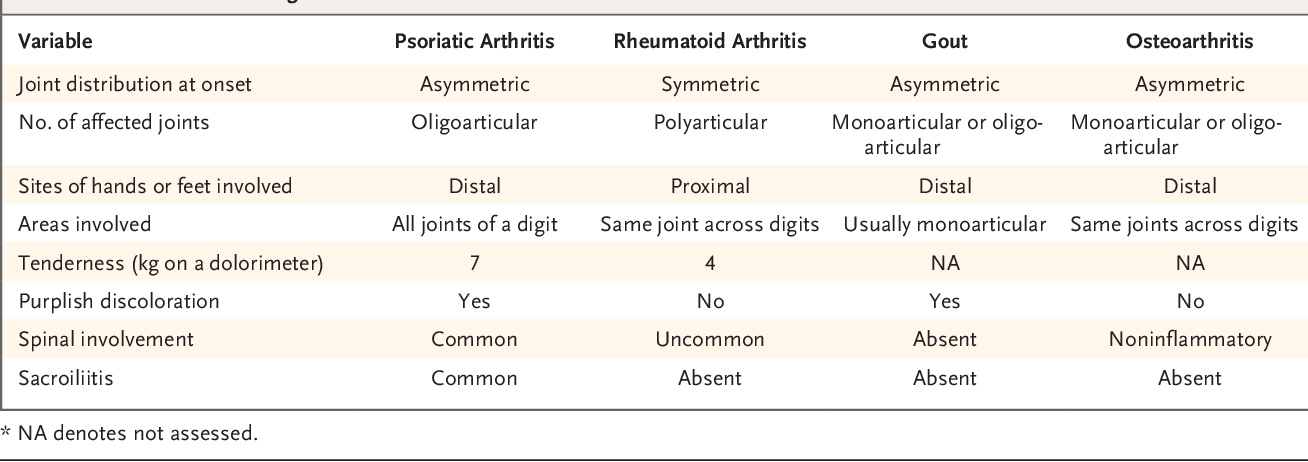 After the initial examination, the doctor may additionally prescribe:
After the initial examination, the doctor may additionally prescribe:
- a consultation with a rheumatologist
- blood tests
- MRI of the joints.
Psoriatic arthritis is a type of arthritis that develops in patients with skin psoriasis and is characterized by joint involvement. Like psoriasis itself, psoriatic arthritis is a chronic, systemic disease that can progress and is associated with a risk of permanent joint damage or deformity.
Causes of psoriatic arthritis
Almost one in three patients with psoriasis has psoriatic arthritis. It tends to develop 5 to 10 years after psoriasis is diagnosed, although some patients may develop joint problems before they notice any skin symptoms. Like psoriasis, psoriatic arthritis occurs when the immune system mistakenly attacks healthy tissues, mistaking them for foreign tissue. But it is not clear why some patients with cutaneous psoriasis develop psoriatic arthritis and others do not.
Psoriatic arthritis is inherited. About 40% of patients with this disease have one or more relatives with psoriasis. A certain exposure usually causes disease in patients who are prone to developing psoriatic arthritis. It could be a virus, severe stress or trauma.
Types of psoriatic arthritis
Symmetric psoriatic arthritis
This type affects the same joints on both sides of the body, such as the left and right knee. The symptoms may be similar to the main signs of rheumatoid arthritis. The symmetrical type tends to be milder and cause less joint deformity than rheumatoid arthritis. But symmetrical psoriatic arthritis can still lead to disability.
Asymmetric psoriatic arthritis
The condition affects a joint or joints on one side of the body. Joints may ache and become red. The asymmetric type is usually mild and develops in 35% of all patients with psoriasis.
Distal interphalangeal psoriatic arthritis predominant
This type affects the joints closest to the nails.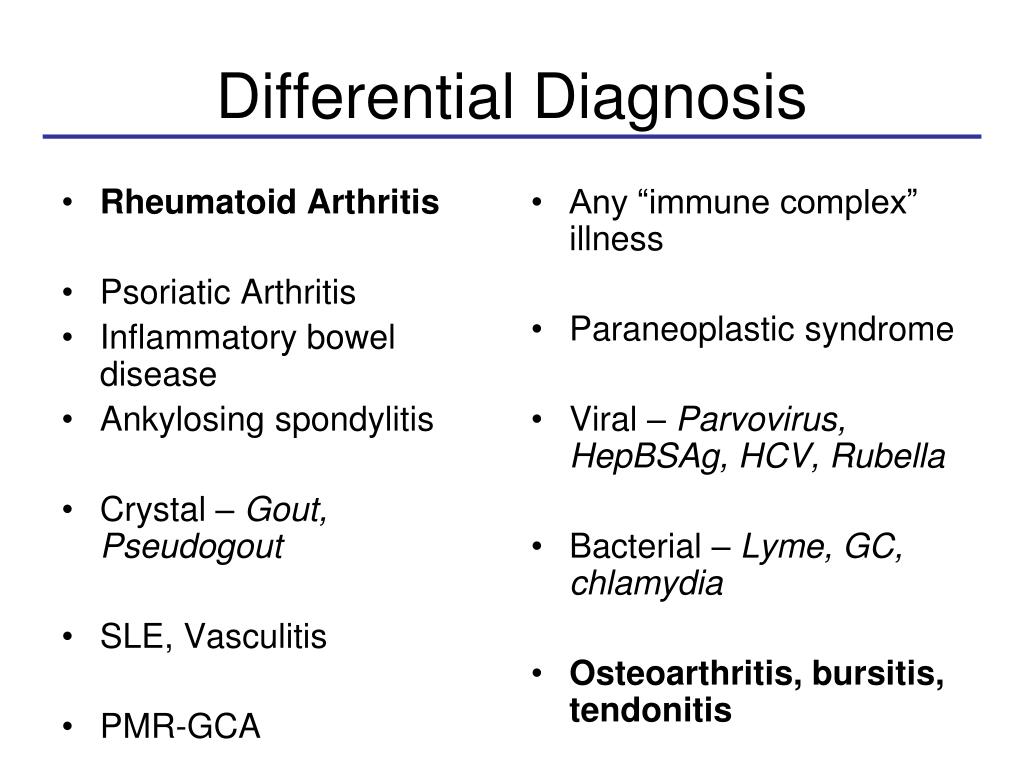 These are known as distal joints.
These are known as distal joints.
Spondylitis
This type of psoriatic arthritis affects the spine. The entire spine from the neck to the lower back may be affected. The hands, feet, legs, and hips may also be affected.
Psoriatic arthritis mutilating
This is a severe, deforming type of arthritis. About 5% of all patients have this type. Mutilating psoriatic arthritis usually affects the hands and feet. Additionally, there may be pain in the neck and lower back.
Symptoms of psoriatic arthritis
Psoriatic arthritis can cause pain, swelling and stiffness in any joint of the body, but most commonly affects the knees, ankles, hands and feet. General symptoms:
- swollen, painful joints on one or both sides of the body
- morning stiffness
- swollen fingers and toes
- sore muscles and tendons
- scaly patches on the skin that may become inflamed with joint pain
- desquamation of the scalp
- fatigue
- separation of the nail from the nail bed
- eye redness
- eye pain (uveitis)
The patient may also develop spondylitis:
- spinal pain and stiffness
- pain, swelling, and weakness in the thighs, knees, ankles, legs, elbows, or wrists.

The severity of the condition can vary greatly from person to person. Some patients may have severe problems affecting many joints, while others may only notice mild symptoms in 1 or 2 joints.
Symmetrical psoriatic arthritis affects 5 or more joints on both sides of the body. The asymmetric type of the disease affects less than 5 joints on opposite sides.
Psoriatic arthritis mutilating is a rare form of arthritis that deforms the joints. Distal psoriatic arthritis causes pain and swelling in the terminal joints of the fingers and toes.
Typically, the disease progresses with periods when symptoms improve (remission) or worsen (flares or relapses). Relapses are very difficult to predict but can be treated with medication.
Risk factors
- psoriasis
- family history
- age from 30 to 50 years old
- history of angina
- HIV
Complications of psoriatic arthritis:
- psoriatic arthritis mutilating
- eye problems such as conjunctivitis or uveitis
- cardiovascular diseases.

What can trigger an exacerbation of psoriatic arthritis
Exacerbations worsen the condition for a while. Exacerbation triggers are individual for each patient. Common triggers for flare-ups in psoriatic arthritis:
- infections such as strep throat and upper respiratory infections
- injuries such as cuts, scratches or sunburn
- dry skin
- stress
- cold dry weather
- smoking
- drinking alcohol
- overweight
- medicines such as lithium, beta-blockers, and antimalarials.
How a doctor diagnoses psoriatic arthritis
The patient should see an orthopedist if they experience pain or any changes in their joints. If the patient has previously been diagnosed with psoriasis, then he should undergo regular scheduled examinations with a rheumatologist at least once a year to monitor his condition, even if nothing bothers him.
At your initial appointment, your doctor will ask you about your symptoms, medical history, and treatment, and do a physical examination of your skin and joints. If the orthopedist believes that the patient has psoriatic arthritis, he should refer him to a rheumatologist for a detailed examination. A rheumatologist can usually diagnose psoriatic arthritis at the first appointment, differentiating it from other types of arthritis such as rheumatoid arthritis and osteoarthritis. Tests that may be needed to confirm the diagnosis include:
If the orthopedist believes that the patient has psoriatic arthritis, he should refer him to a rheumatologist for a detailed examination. A rheumatologist can usually diagnose psoriatic arthritis at the first appointment, differentiating it from other types of arthritis such as rheumatoid arthritis and osteoarthritis. Tests that may be needed to confirm the diagnosis include:
- blood tests to look for signs of inflammation in the body and the presence of certain antibodies found in other types of arthritis
roentgen. The presence of inflammation and damage to bones and joints is detected
- MRI of the joints. MRI detects damage to joints, tendons or ligaments
CT and ultrasound. Allows doctors to determine how advanced psoriatic arthritis is and how severely the joints are affected.
To detect inflammation in the body, the patient is prescribed specialized tests of blood and other physiological fluids:
- C-reactive protein.
 This substance is produced by the liver when there is inflammation in the body
This substance is produced by the liver when there is inflammation in the body - erythrocyte sedimentation rate. The analysis shows how much inflammation is in the body. But he can’t tell for sure if the inflammation is due to psoriatic arthritis or other possible causes
- rheumatoid factor. In rheumatoid arthritis, the immune system produces autoantibodies. Radiofrequency blood test can detect the presence of rheumatoid or psoriatic arthritis
- articular fluid. Arthrocentesis removes a small amount of fluid from the knee or other joint. If there are uric acid crystals in the fluid, then the patient may have gout instead of psoriatic arthritis. Culture fluid analysis can rule out infection or sepsis
- red blood cells. Low red blood cell count due to anemia is common in patients with psoriatic arthritis.
No blood test or imaging can accurately determine the presence of psoriatic arthritis. Usually a doctor will use a combination of tests to rule out other possible causes.
Stages of psoriatic arthritis
Some patients may have only mild symptoms and limited joint effects. Others may end up with joint and bone deformity. It is not clear why some patients progress faster than others. But early diagnosis and treatment can help relieve pain and slow joint damage.
Early stages of psoriatic arthritis
In the early stages, the patient may experience mild symptoms such as joint swelling and decreased range of motion. These symptoms may appear simultaneously with the onset of psoriatic skin lesions or years later.
Moderate psoriatic arthritis
Depending on the type, specific symptoms will worsen. More aggressive treatments, such as non-steroidal anti-inflammatory drugs, may be needed.
Advanced psoriatic arthritis
Bone is severely affected. Joint deformity and bone enlargement are likely. Treatment is aimed at relieving symptoms and preventing worsening of complications.
What is the difference between psoriatic and rheumatoid arthritis
These diseases are caused by different underlying factors.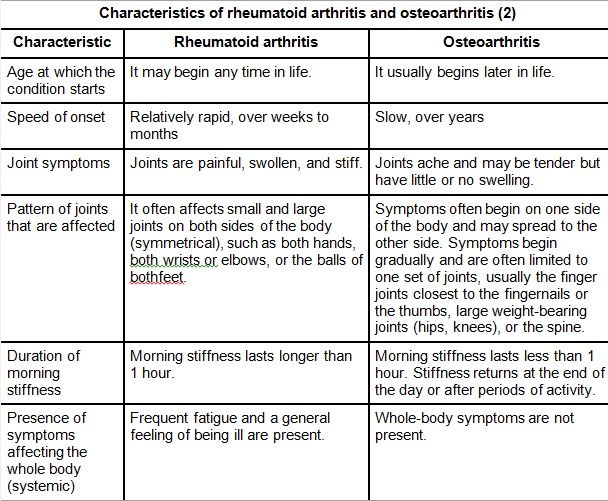
Psoriatic arthritis mainly occurs in patients with skin psoriasis. Rheumatoid arthritis is an autoimmune disease. It occurs when the body mistakenly attacks the tissues that line the joints. This causes swelling and eventually pain and destruction of the joints. Psoriatic arthritis occurs almost equally in men and women, but women are more likely to develop rheumatoid arthritis. In the early stages, both diseases have many similar symptoms. These include pain, swelling, and joint stiffness.
Blood tests and imaging studies allow the physician to decide which disease is affecting the patient’s joints. Some patients have very mild symptoms that only cause problems from time to time. Others have more severe and debilitating symptoms. The more severe the symptoms, the more psoriatic arthritis will affect the patient’s ability to move around.
How a doctor treats psoriatic arthritis
Treatment of psoriatic arthritis is aimed at:
- relief of symptoms
- slowing the progression of the condition
- improving the patient’s quality of life.

This usually involves trying several different medications, some of which are also prescribed for psoriasis. Ideally, the patient should be on the same medication for both psoriasis and psoriatic arthritis. The main means used to treat the disease are:
- non-steroidal anti-inflammatory drugs (NSAIDs)
- corticosteroids
- disease-modifying antirheumatic drugs
- biological therapy.
Light therapy involves the use of drugs followed by exposure to bright light to treat the skin rash of psoriasis.
Non-steroidal anti-inflammatory drugs
Your doctor may first prescribe non-steroidal anti-inflammatory drugs to see if they help relieve pain and reduce inflammation. There are 2 types of NSAIDs, and they work slightly differently:
- traditional NSAIDs such as ibuprofen, naproxen or diclofenac
- COX-2 inhibitors (often referred to as coxibs), such as celecoxib or etoricoxib.
Like all medicines, NSAIDs can have side effects. Stomach problems such as abdominal pain, indigestion, and stomach ulcers are the most common side effects of taking NSAIDs. In order to protect the stomach and reduce the amount of acid produced by it, the patient is often prescribed proton pump inhibitors along with NSAIDs.
Stomach problems such as abdominal pain, indigestion, and stomach ulcers are the most common side effects of taking NSAIDs. In order to protect the stomach and reduce the amount of acid produced by it, the patient is often prescribed proton pump inhibitors along with NSAIDs.
Corticosteroids
Like NSAIDs, corticosteroids can help reduce pain and swelling. If the patient has an inflamed or swollen joint, the doctor may inject the medicine directly into the joint. This will provide quick relief with minimal side effects, and the effect can last from a few weeks to a few months. Corticosteroids can also be taken as a tablet or injected into the muscles to help multiple affected joints at once. But doctors are usually wary of this because hormone therapy can cause serious side effects if used for a long time, and psoriasis can worsen when it is stopped (withdrawal).
Disease-modifying antirheumatic drugs
Disease-modifying antirheumatic drugs are medicines that block the action of chemicals released when the immune system attacks one’s own joints.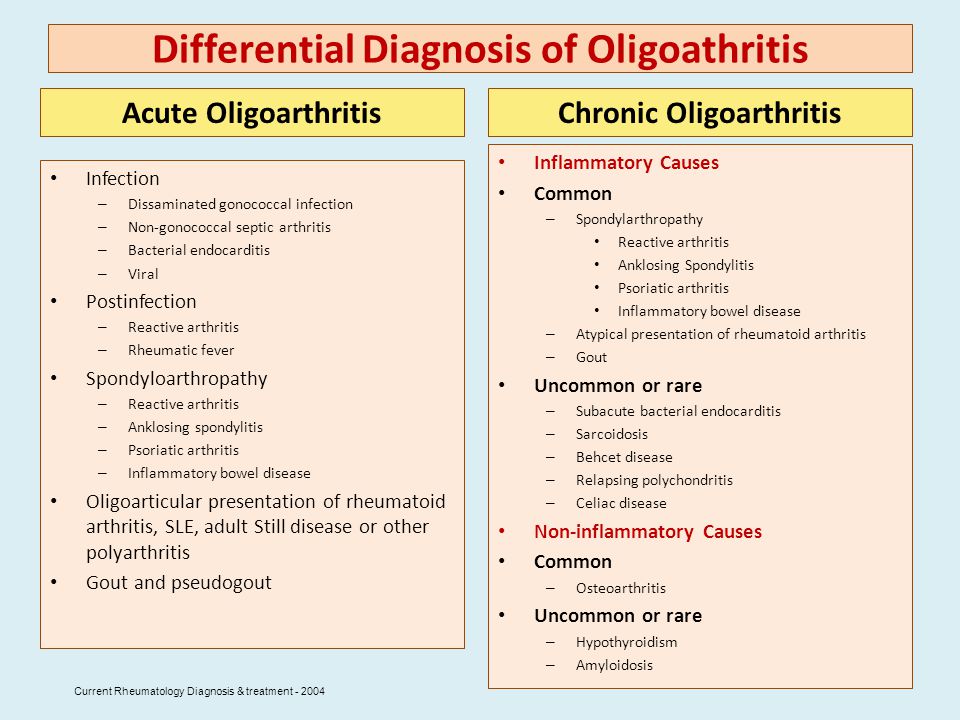 They can help relieve symptoms and slow the progression of psoriatic arthritis. The sooner the patient starts taking them, the more effective the treatment will be. Leflunomide is often the first treatment for psoriatic arthritis, although sulfasalazine or methotrexate may be considered as alternatives. It may take weeks or months for antirheumatic drugs to take effect, so it’s important to keep taking the medicine even if it doesn’t seem to work at first.
They can help relieve symptoms and slow the progression of psoriatic arthritis. The sooner the patient starts taking them, the more effective the treatment will be. Leflunomide is often the first treatment for psoriatic arthritis, although sulfasalazine or methotrexate may be considered as alternatives. It may take weeks or months for antirheumatic drugs to take effect, so it’s important to keep taking the medicine even if it doesn’t seem to work at first.
Biological therapies
Biological therapies are a new type of therapy for psoriatic arthritis that is usually used when other therapies have not worked or are not suitable. Biological therapies work by stopping certain chemicals in the blood that activate the immune system to attack the lining of the joints. Biologics that may be recommended include adalimumab, apremilast, certolizumab, etanercept, and tofacitinib. The most common side effect of biological treatment is a local reaction at the injection site, such as redness, swelling, or pain. These reactions are usually not serious. Biological therapies can also sometimes cause other side effects, including problems with the liver, kidneys, or increase the chance of infections. Biologics are usually recommended for 3 months to see if there is an effect. If the medicine works, it can be continued for a long time.
These reactions are usually not serious. Biological therapies can also sometimes cause other side effects, including problems with the liver, kidneys, or increase the chance of infections. Biologics are usually recommended for 3 months to see if there is an effect. If the medicine works, it can be continued for a long time.
There are currently 5 types of biologics for the treatment of psoriatic arthritis. They are classified according to what they suppress (block or weaken) in the body:
- necrosis factor inhibitors
- inhibitors of interleukin 12 and 23 (IL-12/23)
- inhibitors of interleukin 17 (IL-17)
- inhibitors of interleukin 23 (IL-23)
- T cell inhibitors.
Biologics may be given by injection under the skin or by infusion. Because these medicines weaken the immune response, they can increase the risk of serious infections. Other side effects include nausea and diarrhea.
Steroids may reduce inflammation. For psoriatic arthritis, they are usually injected into the affected joints. Side effects include pain and a small risk of joint infection.
For psoriatic arthritis, they are usually injected into the affected joints. Side effects include pain and a small risk of joint infection.
Immunosuppressants calm an overactive immune response in psoriatic arthritis, especially in the typical symptoms of psoriasis. A weakened immune response increases the risk of infection.
Complications of psoriatic arthritis
As with psoriasis and other types of inflammatory arthritis, a patient with psoriatic arthritis may be at higher risk of developing other conditions such as cardiovascular disease or stroke. The doctor must annually conduct tests (monitoring of blood pressure and cholesterol) in order to begin the necessary treatment at the first sign of pathology. To prevent complications, the patient can help himself in the following ways:
- maintain a good balance between rest and regular physical activity
- lose weight if overweight
- no smoking
- drink only moderate amounts of alcohol.

Share:
The best doctors in St. Petersburg
Bunyakova Elena Vladimirovna
Rating: 4.6 / 5
Enroll
Davydov Denis Andreevich
Rating: 4.5 / 5
Enroll
Dadasheva Dinara Umarovna
Rating: 4.9 / 5
Enroll
Zhilin Sergey Alexandrovich
Rating: 4.8 / 5
Enroll
Kalmurzina Anastasia Yakovlevna
Rating: 4.8 / 5
Enroll
Kruglyak Lyudmila Alexandrovna
Rating: 4.9/ 5
Enroll
Scientific sources:
- Badokin V.V. Psoriatic arthritis: clinic, diagnosis, treatment //Doct. diss. -2003.
- Burdeyny A.P. Psoriatic arthritis. In: Rheumatic diseases. Ed. V.A. Nasonova and N.V. Bunchuk. M.: Medicine, 1997:314-23.
- Kopieva T.N., Agababova E.R., Makarova O.V. and other Morphology of psoriatic arthritis. Arch. pathology 1985; 6:36-44.
- Molochkov V.A. Psoriasis and psoriatic arthritis. – Moscow, 2007.
 S. 197.
S. 197. - Mylov N.M., Erdes Sh., Mordovtsev V.M. Clinical and radiological examination of the osteoarticular apparatus in ordinary psoriasis. Vestn. dermatol. 1988; 3: S4-8.
Useful information
Lymphedema
What needs to be done to diagnose and treat lymphedema? To solve this problem, the first step for the patient is to make an appointment with a phlebologist. After the initial examination, the doctor may prescribe additional studies:
Ultrasound of the vessels of the lower extremities or ultrasound of the vessels of the upper extremities
lymphoscintigram
MRI of lymph nodes
Ultrasound of the lymph nodes
CT scan of the lymph nodes.
read more +
Strain and rupture of the hamstring
What should be done to diagnose and treat a hamstring strain and tear? To solve this problem, the first step for the patient is to make an appointment with an orthopedist. After the initial examination, the doctor may prescribe additional studies:
MRI of the knee
CT scan of the knee.![]()






 It is best to eat fruits and vegetables of different colors and types every day.
It is best to eat fruits and vegetables of different colors and types every day. 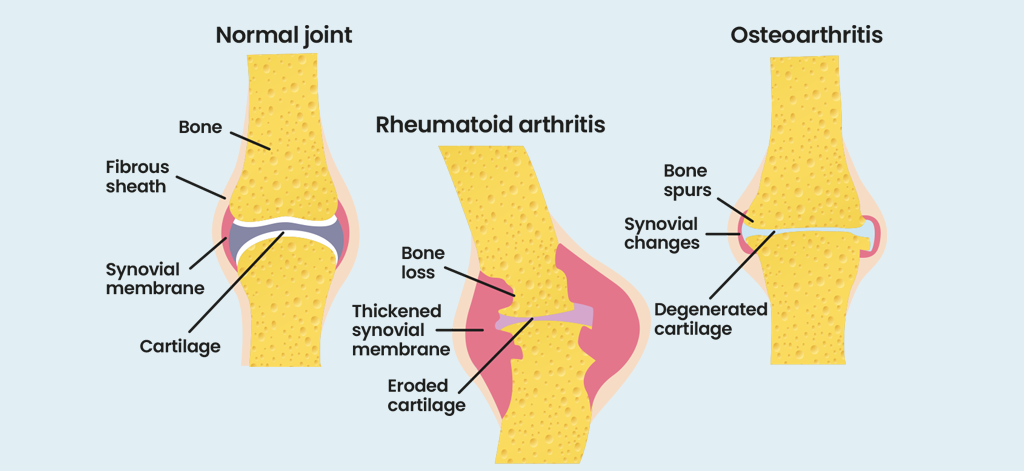 If you cannot completely give up alcohol, then you should reduce your consumption of alcoholic beverages to one serving of alcoholic beverages per day for women and two servings of alcoholic beverages per day for men.
If you cannot completely give up alcohol, then you should reduce your consumption of alcoholic beverages to one serving of alcoholic beverages per day for women and two servings of alcoholic beverages per day for men.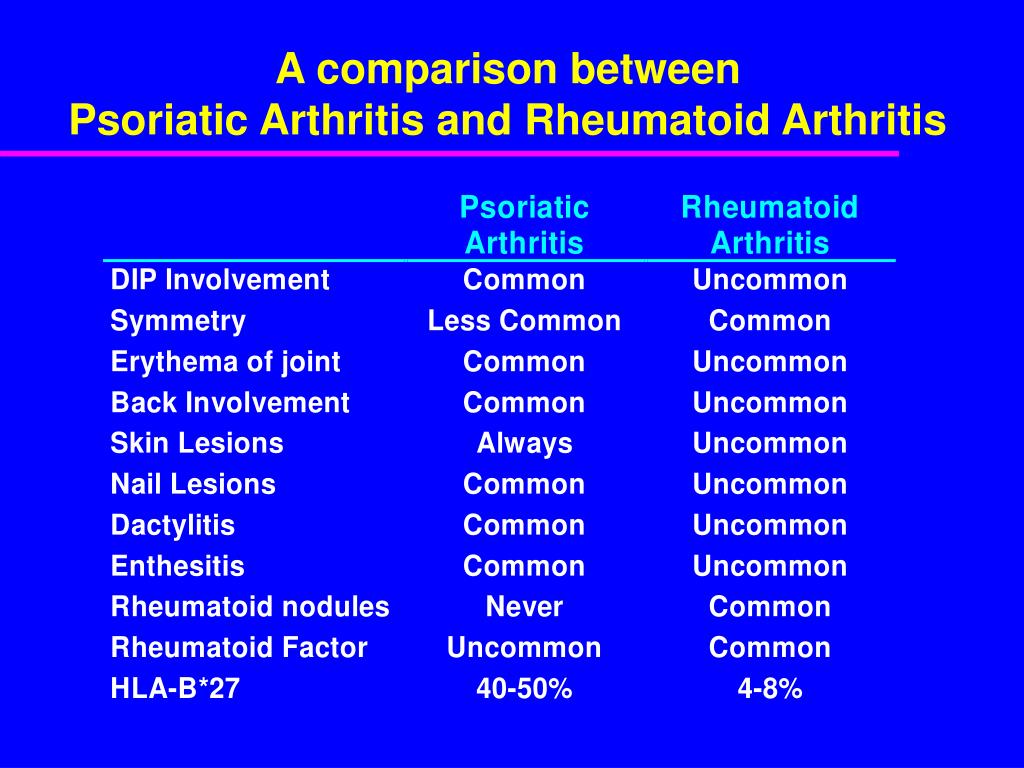

 This substance is produced by the liver when there is inflammation in the body
This substance is produced by the liver when there is inflammation in the body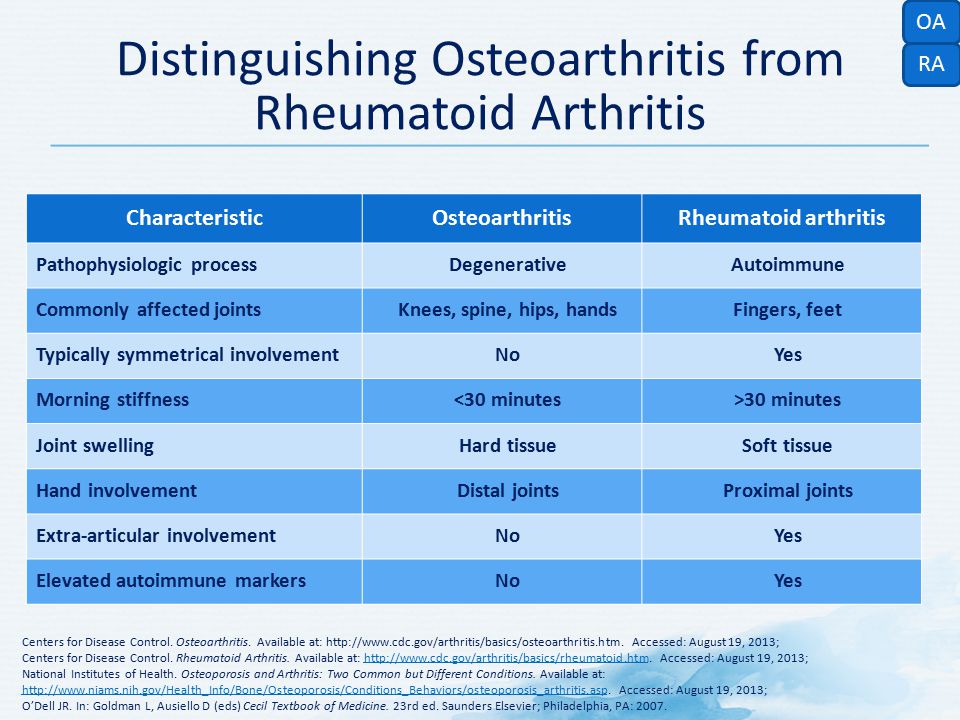

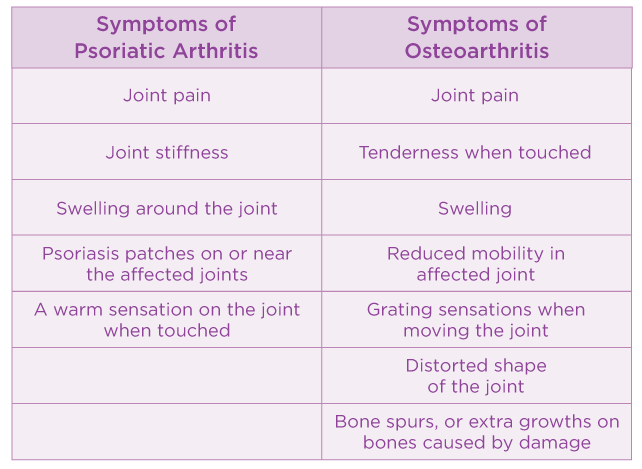 S. 197.
S. 197.